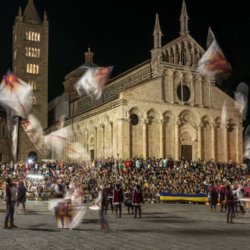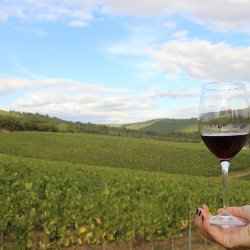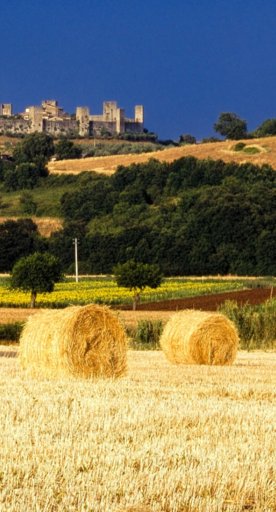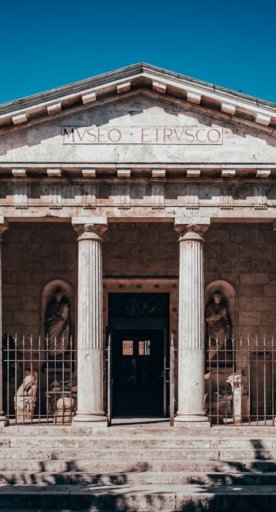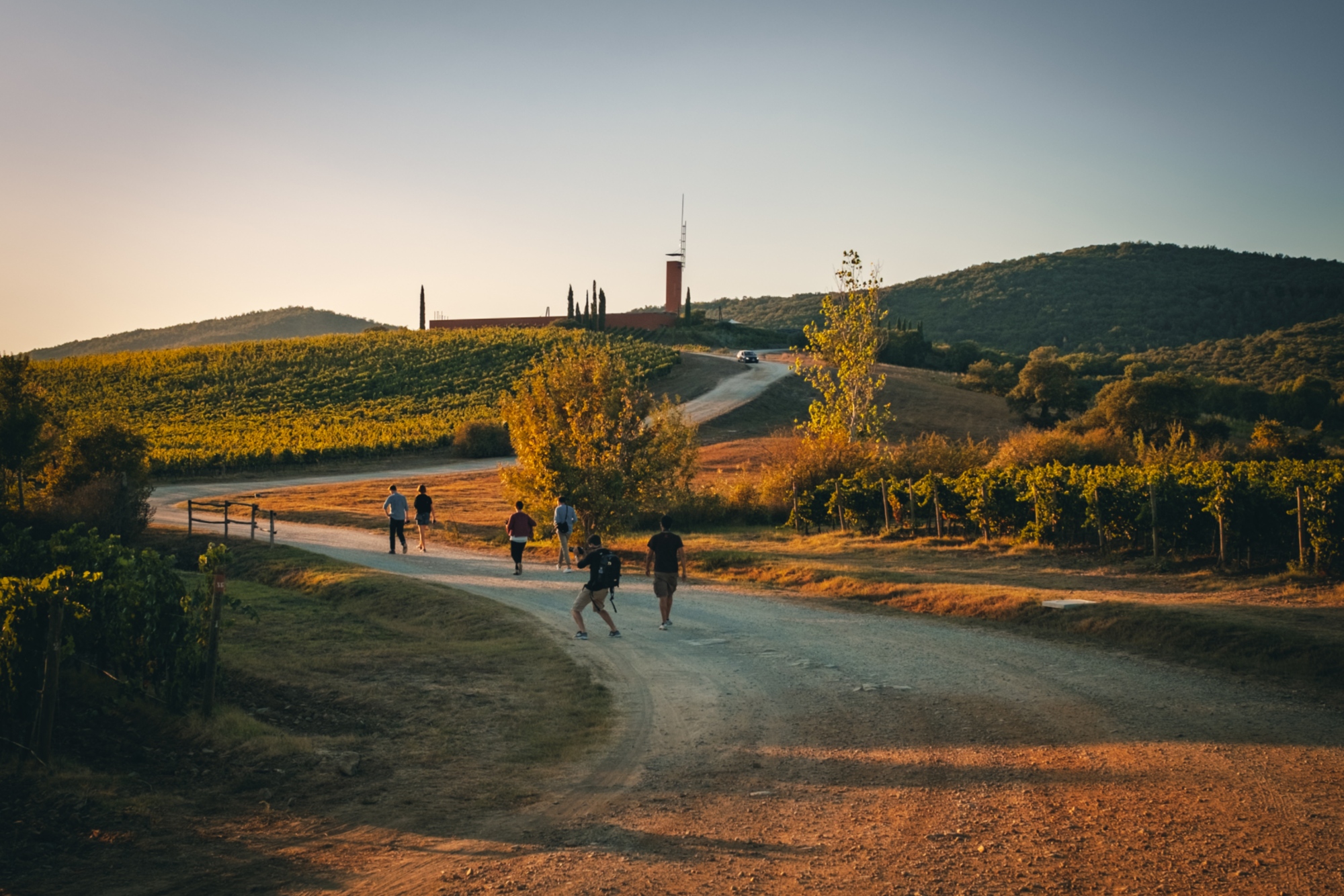

5 places to discover in Montieri
Architecture, archeology, spirituality but not only: here’s what to do in a day in Montieri
Montieri is a little town in Northern Maremma, full of history, natural beauties and tradition. Placed in the heart of the Metalliferous Hills, the village preserves the typical medieval aspect thanks to its narrow and paved alleys and stone buildings.
The historic importance of the village is reflected in the architecture of historic buildings, the majestic fortress and the beauty of the places of worship, among which the remains of a unique church stand out!
-
1.Palace Papi Mattii
-
2.Castle of Fosini
-
3.The Roste
-
4.The Church of San Giacomo Apostolo
-
5.Rectory of San Niccolò
Palace Papi Mattii

Also known as Palazzo dei Marchesi (Palace of the Marquises), it is a majestic building characterized by an impressive loggia: it houses the Fonti di Sopra, dating back to 1233 and water-powered by the waters of Poggio of Montieri – a hill that reaches over 1,000 meters.
A headstone on the façade vouches for the construction of the sources, while marble coat of arms of the rampant lion represents the Siena conquest of the village.
Built upon foundations in 1621, when Vincenzo Salviati acquired the marquisate from Cosimo II, the building was renovated in a neo-Renaissance style during the first decades of the 20th century, with the substitution of the original stones with bricks. The renovation was done while the Municipal Palace was being built next to it, designed by Lorenzo Porciatti.
Castle of Fosini

Built in the 10th century on a cliff overlooking the Pavone stream, is an ancient fortress that was originally owned by the archbishops of Volterra; the castle was then owned by the Pannocchieschi, the Municipality of Siena and lastly by the Elici countship.
Ultimately, the dynasty of Sergardi Barons of Siena owned it until the beginning of the 20th century.
Nowadays, the castle has different non-original parts, due to maintenance work done during the centuries; nevertheless, the northern and eastern walls of the village still preserve their initial characteristics.
The Castle also includes the church of San Niccolò, which was renovated in the 17th century.
The fortress is dominated by the striking promontory of the Cornate of Gerfalco, characterized by limestone overhanging cliffs that make the place even more spectacular.
The Roste

Following the first way of the Merse river, it is possible to get to a fascinating geo-site in which the Merse’s red ravines can be admired: the Roste is an evocative site, mostly for its popular mountains made of red soil, remaining material of the method that was used at the end of the 19th century to produce copper.
Not only these ravines represent a fascinating geological phenomenon, but they also witness the historical mining activities that were made in that area and their impact on the surrounding environment.
The Church of San Giacomo Apostolo

The Church of San Giacomo Apostolo (St. James the Apostle), built in 13th century, stands out for its late Romanesque architecture, characterized by a wide central nave and a final wall with a little semi-circular apse.
Externally, the structure is enriched by three Romanesque single-lancet windows and a portal with a round arch.
Inside, three transverse arches, probably dating from the 17th century, mark out the space.
Next to the church, there is a little space connected through a tunnel that once was the dwelling of the blessed Giacomo Papocchi, which dates back from 11th century.
On the altar, there is a painting of the 1618 that portrays Jesus Christ talking with the blessed in his penitential cell.
Rectory of San Niccolò

The Rectory of San Niccolò (St. Nicholas) is an archeological site in which it is possible to observe the remaining of a church unique for its peculiar plant, flower-shaped with six petals.
The building was entirely linked to the fervent mining and metallurgic activities that characterize all the surrounding territory. In fact, Montieri represented one of the mining research sites, linked to the copper and silver mining activities, the most important ones in Tuscany.
The site is still under historical-archeological investigation, and it is only possible to access it during guided tours, by contacting the Tourist Office in Montieri.



